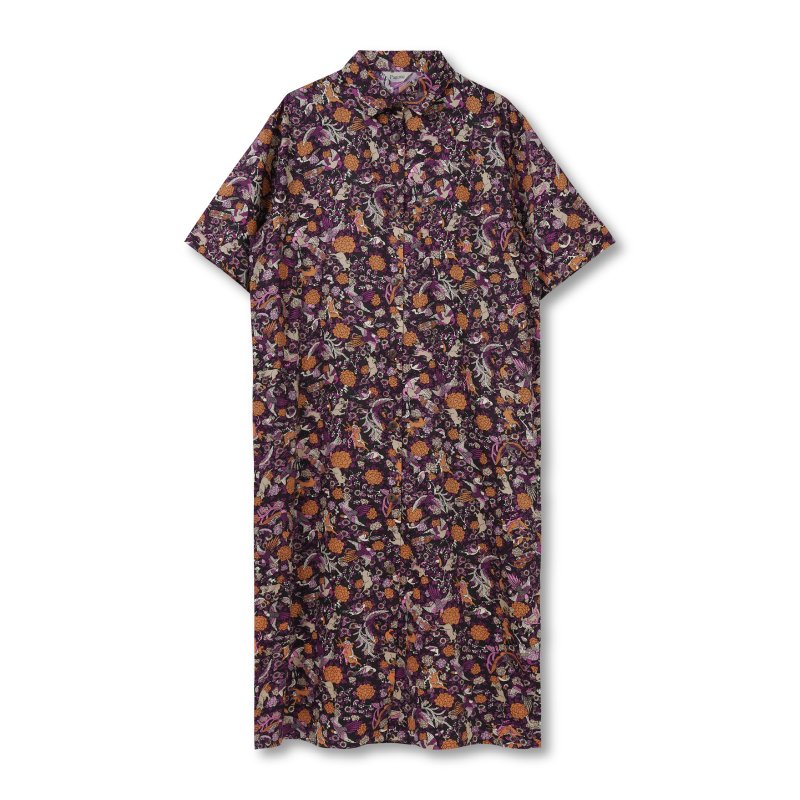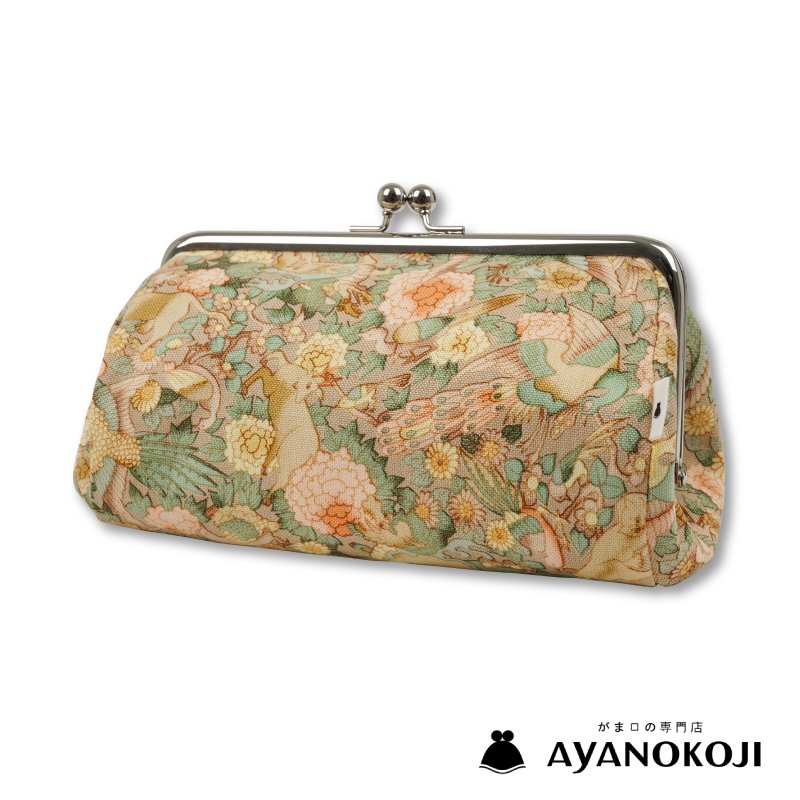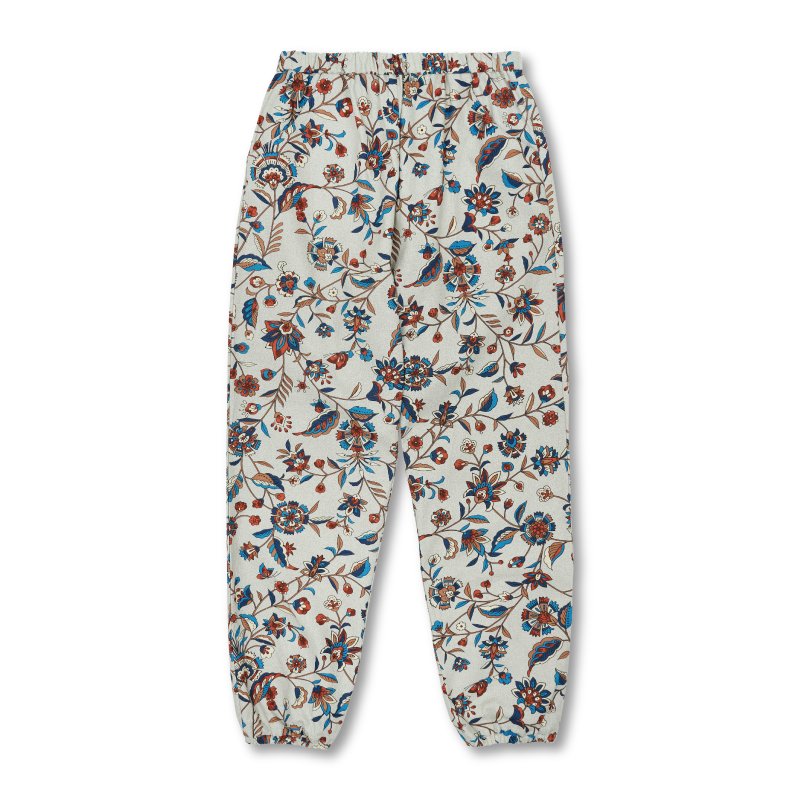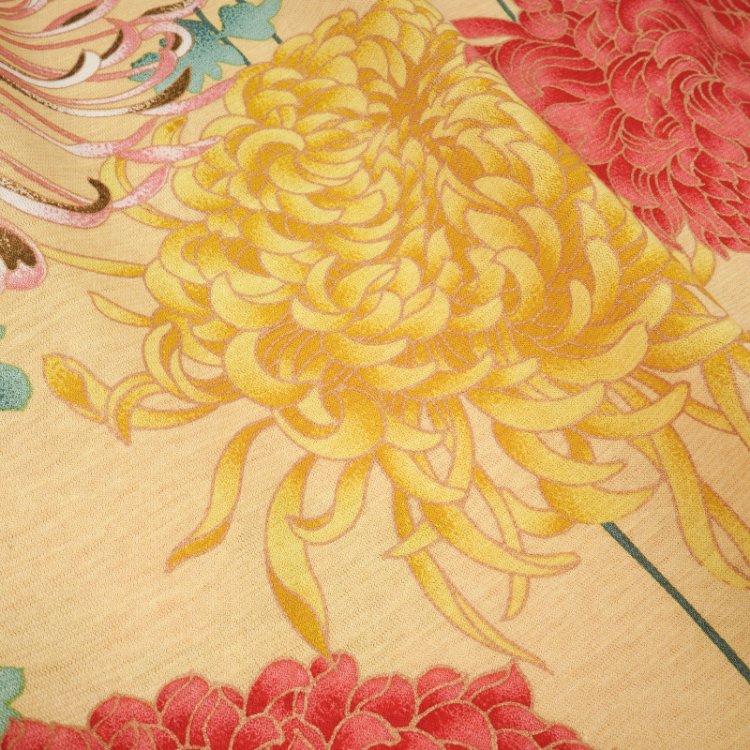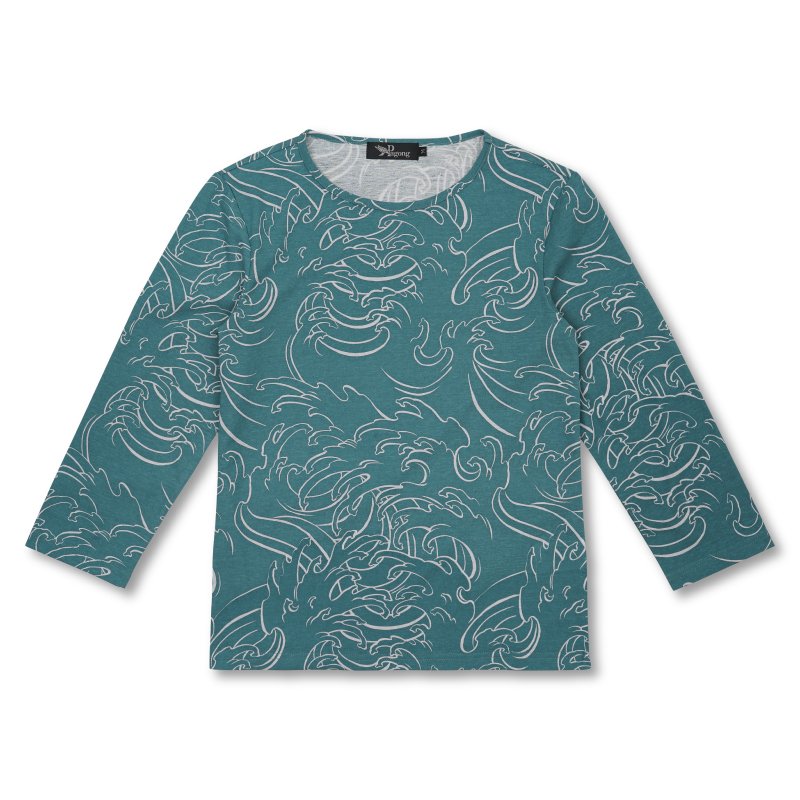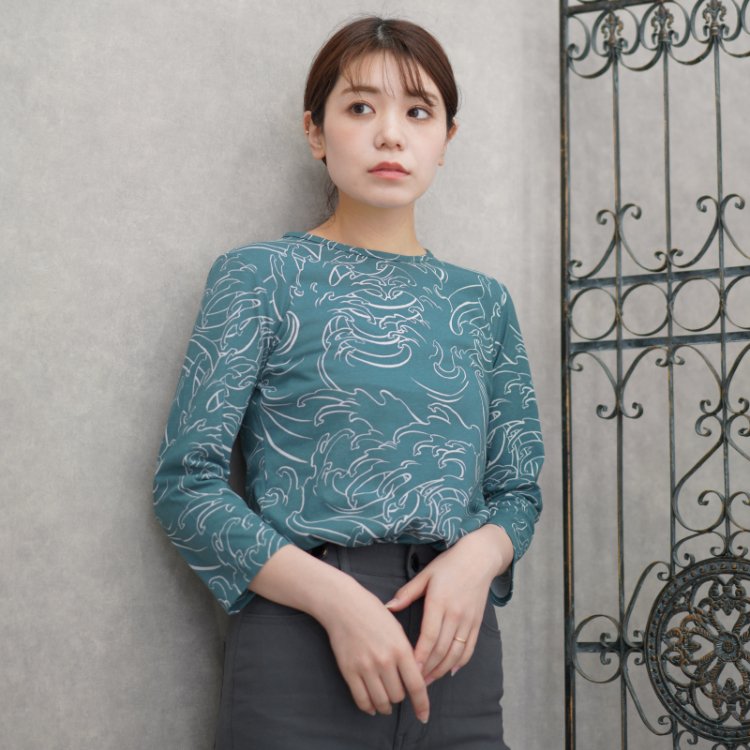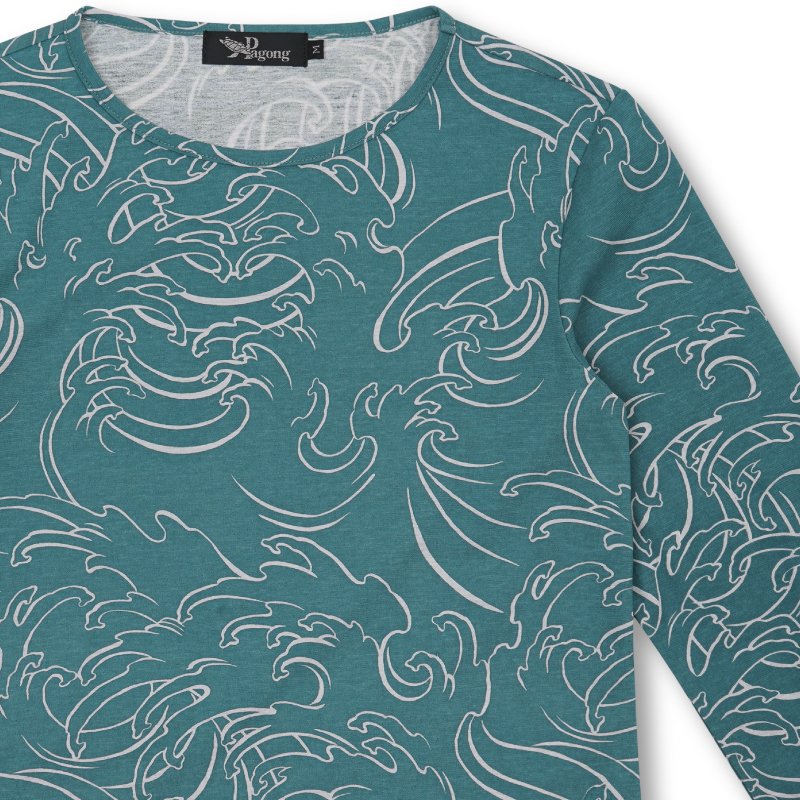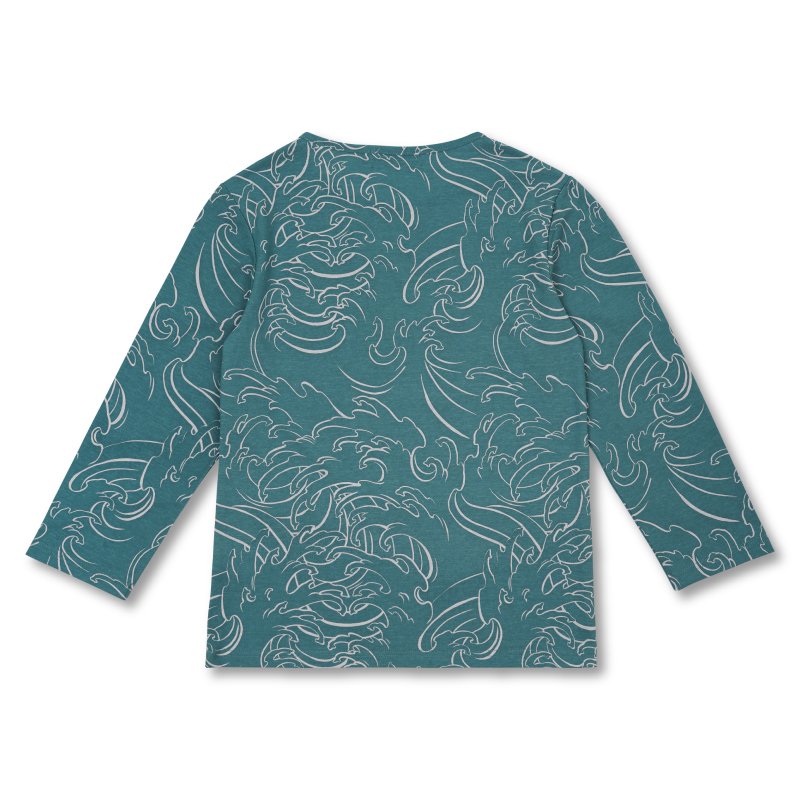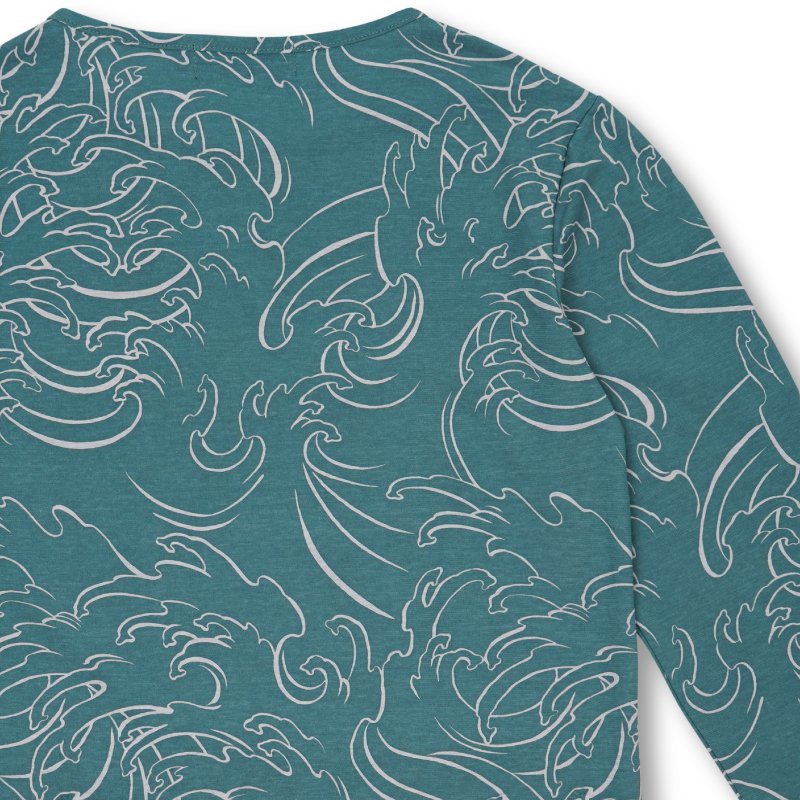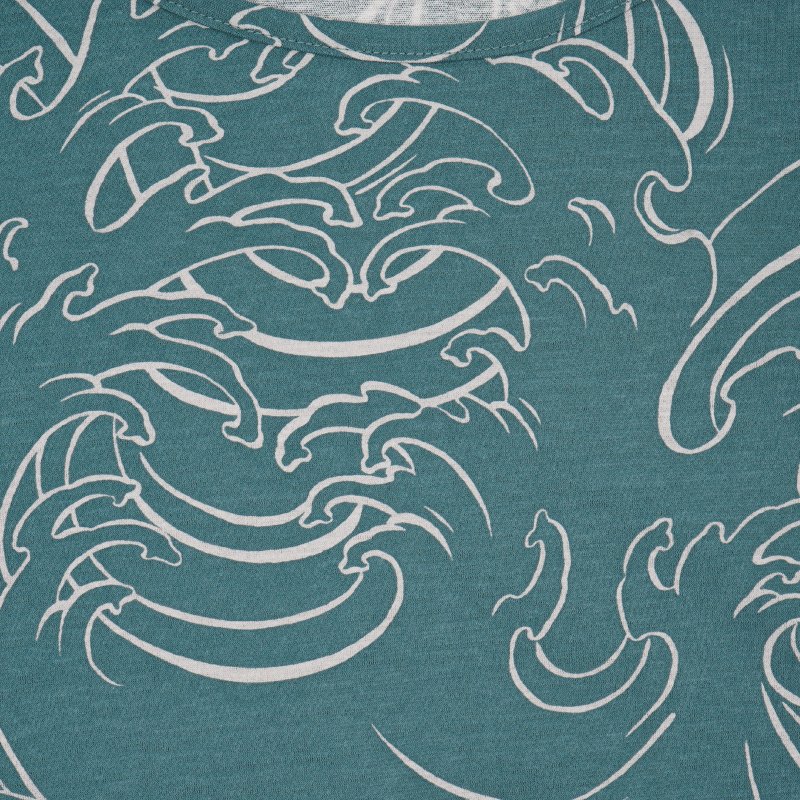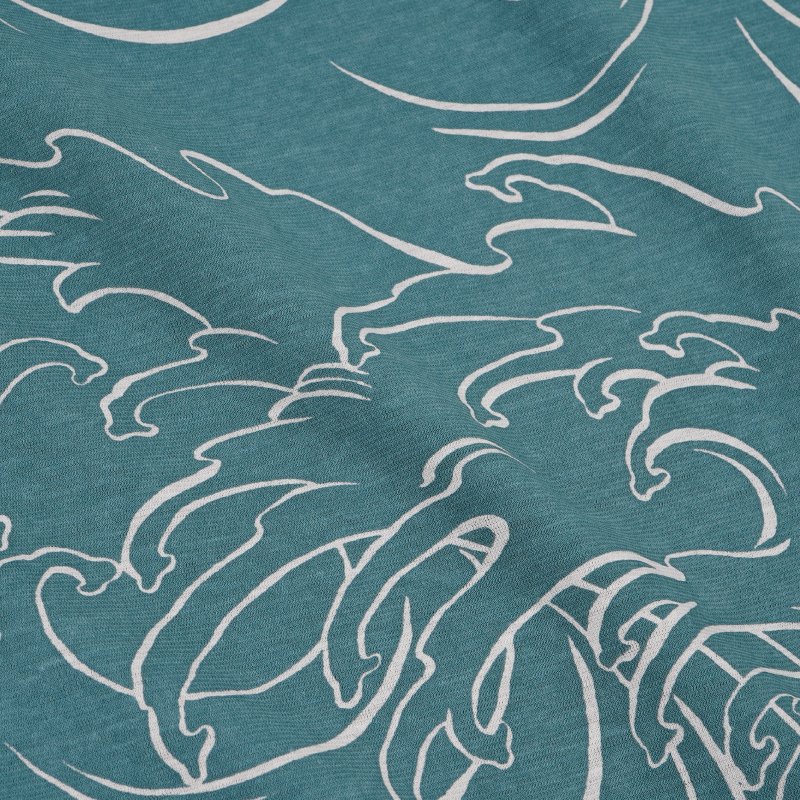 Image 1 of 10
Image 1 of 10

 Image 2 of 10
Image 2 of 10

 Image 3 of 10
Image 3 of 10

 Image 4 of 10
Image 4 of 10

 Image 5 of 10
Image 5 of 10

 Image 6 of 10
Image 6 of 10

 Image 7 of 10
Image 7 of 10

 Image 8 of 10
Image 8 of 10

 Image 9 of 10
Image 9 of 10

 Image 10 of 10
Image 10 of 10











Chintz "Sarasa" Long-Sleeve Tee
Color / Multi-Color Size Chart
Japanese name/更紗 (Sarasa)
-About-
The origin of the word Sarasa is said to be an accent of the Javanese Serato, the Portuguese Saraka, or Surat, but the truth is unknown. Chintz is plain-woven cotton fabric dyed using various techniques.
The patterns were prized for their exotic designs, such as flowers, people, birds and animals, trees, and geometric patterns. Kisarasa, which was favored by powerful feudal lords and tea masters, is hand-dyed using woodblock prints on hand-woven cloth. In Japan, from the mid-Edo period onwards, unique Japanese sarasa, such as Sakai sarasa, Nabeshima sarasa, and Edo sarasa, were created by imitating these patterns.
This pattern is a reproduction of only the outline of the chintz pattern.
・100% Premium Cotton
・Made in Japan
・Hand-wash
・Hang to dry
・Currency : US Dollar (USD)
Color / Multi-Color Size Chart
Japanese name/更紗 (Sarasa)
-About-
The origin of the word Sarasa is said to be an accent of the Javanese Serato, the Portuguese Saraka, or Surat, but the truth is unknown. Chintz is plain-woven cotton fabric dyed using various techniques.
The patterns were prized for their exotic designs, such as flowers, people, birds and animals, trees, and geometric patterns. Kisarasa, which was favored by powerful feudal lords and tea masters, is hand-dyed using woodblock prints on hand-woven cloth. In Japan, from the mid-Edo period onwards, unique Japanese sarasa, such as Sakai sarasa, Nabeshima sarasa, and Edo sarasa, were created by imitating these patterns.
This pattern is a reproduction of only the outline of the chintz pattern.
・100% Premium Cotton
・Made in Japan
・Hand-wash
・Hang to dry
・Currency : US Dollar (USD)
Color / Multi-Color Size Chart
Japanese name/更紗 (Sarasa)
-About-
The origin of the word Sarasa is said to be an accent of the Javanese Serato, the Portuguese Saraka, or Surat, but the truth is unknown. Chintz is plain-woven cotton fabric dyed using various techniques.
The patterns were prized for their exotic designs, such as flowers, people, birds and animals, trees, and geometric patterns. Kisarasa, which was favored by powerful feudal lords and tea masters, is hand-dyed using woodblock prints on hand-woven cloth. In Japan, from the mid-Edo period onwards, unique Japanese sarasa, such as Sakai sarasa, Nabeshima sarasa, and Edo sarasa, were created by imitating these patterns.
This pattern is a reproduction of only the outline of the chintz pattern.
・100% Premium Cotton
・Made in Japan
・Hand-wash
・Hang to dry
・Currency : US Dollar (USD)



